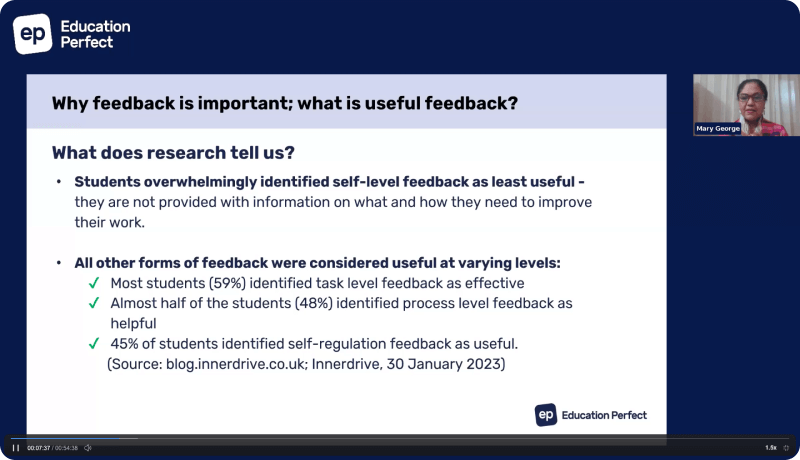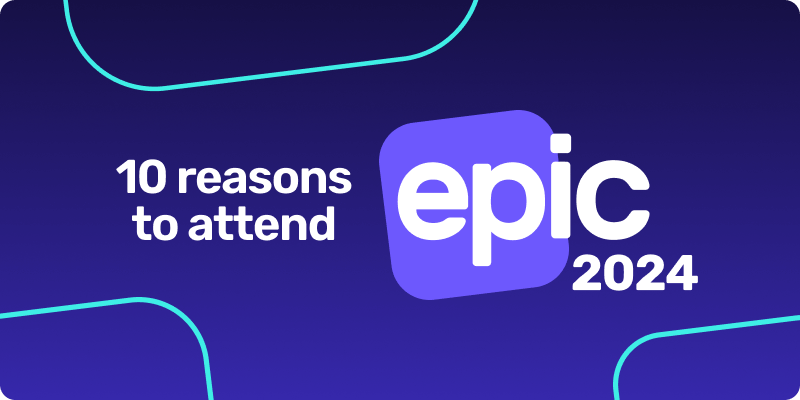International Literacy Day 2021
International Literacy Day is upon us once again, and with it the annual outrage regarding falling literacy rates of some group or another. As usual, standardised testing comes under scrutiny and literacy rate comparisons are pushed around in the media.
Literacy, along with numeracy, creativity, critical thinking and communication skills are vital aspects of education and must be continuously fostered, facilitated and treated as core elements of everyone’s education.
What does literacy even mean?
Depending on what source we consult, we can answer this question in a variety of ways.
The definition of the word is not consistent across dictionaries. If we consult the Cambridge Dictionary we find literacy defined as:
The ability to read and write
If we check Merriam-Webster we find literacy defined as:
The quality or state of being literate
‘Literate’ is then also defined as:
‘Being able to read and write,’ but also as ‘educated, cultured’
This linguistic definition does not suffice in encapsulating how the skills of reading and writing are expressed across the wide range of languages, geographies and demographics of our societies. For that, we need to expand our understanding of the concept of literacy as a way of living and accessing the world around us. This is where things get complicated.
Thankfully, UNESCO has developed an excellent resource to help us understand literacy holistically:
Literacy is the ability to identify, understand, interpret, create, communicate and compute, using printed and written materials associated with varying contexts. Literacy involves a continuum of learning in enabling individuals to achieve their goals, to develop their knowledge and potential, and to participate fully in their community and wider society (UNESCO, 2004; 2017).
UNESCO further unpack this definition with three key features:
- Literacy is about the uses people make of it as a means of communication and expression, through a variety of media
- Literacy is plural, being practised in particular contexts for particular purposes and using specific languages
- Literacy involves a continuum of learning measured at different proficiency levels
What is important to recognize here is that literacy as a concept is more complex than just reading and writing proficiency. Unfortunately in the information age reading and writing proficiency are the easiest aspects of literacy to test and measure for hence as a society we often define literacy by these terms.
Reading and writing are fundamental aspects of literacy, but they don’t tell the complete story. To increase awareness of the broader definition of literacy, it may help to consider Dweck’s Growth Mindset theory when describing students’ literacy pertaining to results in standardised tests for reading and writing. Low scores in these tests do not mean the students are not literate or even have low levels of literacy. It means they are still developing their reading and writing proficiencies. Yes, these scores and trends need to be addressed and have action taken to improve them, but we must also recognize that they represent a narrow snapshot of the overall capabilities of the students.
What are the challenges to literacy in 2021?
Last year the International Literacy Association released the findings of their 2020 survey on literacy. The survey comprises reports from 1,443 respondents across 65 countries. 56% of respondents were teachers with 34% of respondents stating their roles as literacy specialists.
This is a great insight into the perceived challenges teachers and students are facing with reading and writing proficiency. One issue which seems pervasive among the respondents is lack of time to focus on independent reading. We might need to increase dialogue and problem solving around how we can further emphasise the positive culture of extended reading.
The amount of internal and external assessments students face requires synthesis of information whereas they develop the intrinsic cognitive skills required to synthesise information through high levels of reading literacy. This requires concurrent writing practice, but perhaps the former is the basis for the latter?
A full reading of the report is advised but there is a clear consensus on some important topics (below) which need to be accepted to form the full literacy picture.
- Variability of teacher knowledge and effectiveness is one of the greatest barriers to equity in literacy
- Supporting students with social-emotional or behavioural challenges
- Engaging families in a child’s literacy development
- Additional time to collaborate/confer with other teachers facing similar challenges
- Teaching reading and writing strategies that apply across disciplines
- Creating a culturally responsive environment
- Addressing inequity in education and instruction
- Provide time for in-school independent reading with student-selected texts
What can we do to improve literacy overall?
Perhaps a shift in educational culture is required to help raise literacy levels holistically.
We must not assume all teachers are ready-made literacy experts. This is a field of expertise which demands an increase in support and training for all prospective AND current teachers. Teachers need more support.
We must also accept that literacy is subject-agnostic and a strict focus on literacy development should underpin all areas of our curricula. This means that a collaborative emphasis on reading, writing and the application of these skills focused on developing critical thinking, creativity, communication and collaboration is the key to seeing literacy levels improve across the board. This requires schools to increase internal collaboration around explicit literacy initiatives.
Finally, we must temper our obsession with standardised test results being yardsticks with which we judge the whole child or indeed our whole country, region or district. If written literacy is decreasing we must encompass that information in the wider context of educational data. What else is increasing? How is modern communication evolving and how does it affect our view of literacy?
Sometimes, it is the methodology that doesn’t fit the student and not the other way around. The world is changing quickly for our students and they need a much wider range of skills in order to adapt than we seem to be accounting for.




